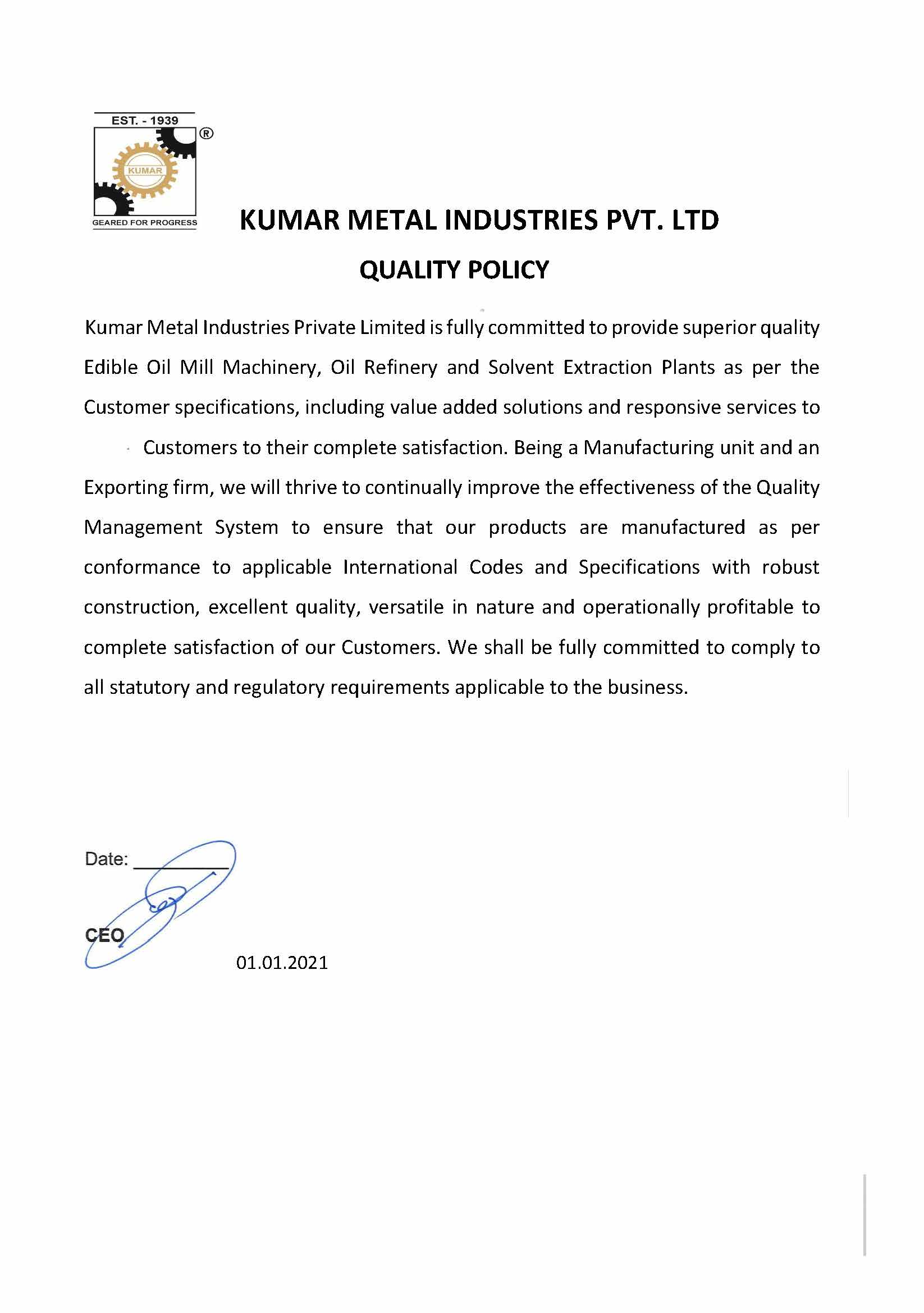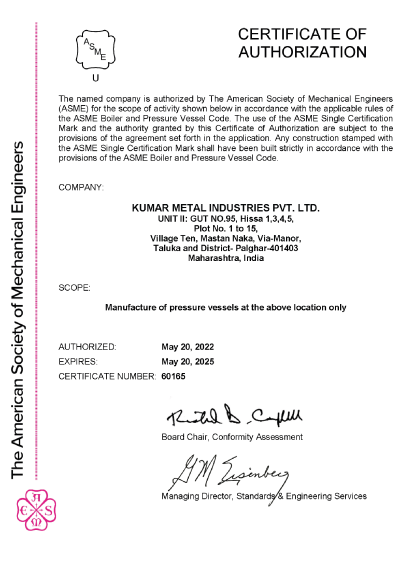
A vacuum system is a set of equipment used to evacuate air from the plant during the bleaching and deodorization process. Bleaching and deodorization are critical stages in edible oil refining. The stability and reliability of the vacuum system is crucial to the effectiveness of both processes. It is the key criteria for delivering high-quality oil.
A vacuum system prevents oil from being oxidized at high temperatures. It also lowers the boiling point at vacuum conditions, making it easier for volatile materials to be flushed away by steam for an efficient deacidification and deodorization process. The degree of vacuum needed for bleaching and deodorization generally depends on the quality of crude and the end product specifications provided to the technology partner. The configuration of the vacuum system plays a key role in the quality of the end product.
There are primarily two types of vacuum systems used in the deodorization process - these are conventional or chilled water.
A conventional vacuum system consists of a direct contact condenser operating with cooling water and ejectors operating with high-pressure steam. A traditional vacuum system is a low investment and low maintenance system.
However, there are many disadvantages associated with a conventional vacuum system.
They are bad for the environment.
Conventional vacuum systems are heavy polluters due to the carryover of process fluids.
Operating costs add up over time.
Conventional vacuum systems require high steam and water consumption which adds significantly to running costs over time.
They require frequent human intervention.
While conventional vacuum systems are low maintenance, they need additional human intervention as the cooling tower requires frequent cleaning of fats carryover.
In a time of increasingly stringent environmental norms and rising energy costs, it is necessary to use a vacuum system that offers significant energy savings and low running costs while having the most negligible impact on the environment. This is why Kumar Metal uses chilled water vacuum systems in all our refinery plants.
How chilled water vacuum systems work: The cooling water is cooled down near to 0°C by a chiller before passing the water over to the mixing condensers. Condensation takes place at reduced pressure, and a single booster stage is needed to effect compression up to the main condenser. This results in a considerably lower amount of motive steam and reduced operating costs.
The polluted cooling water cycles around in a closed-loop system and cooled down in cooled plate heat exchangers. Caustic soda is added to the water to prevent fatty deposit contamination in the plate heat exchangers. A special fat separator discharges the Condensate and suction steam together with impurities rising from the process.
Chilled Water Vacuum Systems have many advantages as compared to conventional systems, including
- stable vacuum and therefore better product quality
- lower steam and water consumption
- lower energy requirements
- clean cooling water
- low maintenance and running costs
- reduced emission rates
- reduced sewage emission load
Energy savings in steam go up by 50% and water by 35% with chilled water vacuum systems. The low running cost also means a smaller payback period of 3-4 years.
You might find these interesting:
Why vacuum systems are critical in the edible oil refinery process
Some of the trending innovations in the oils and fats processing industry in 2022
Here are the 5 questions you should ask before setting up an edible oil refining business
This ground breaking technology - Controlled Flow Cavitation™ - enhances the neutralization process in refining operations
For 82 years, Kumar has been delivering dependable process engineering solutions to the oils and fats industry. We're known for our robustly engineered, versatile and operationally profitable plant and machinery. It's why over 500 customers in 65 countries depend on us to solve their processing challenges, big or small. If you’d like to know more about our solutions please fill out the form below:
"*" indicates required fields




















We would like to know about this also.